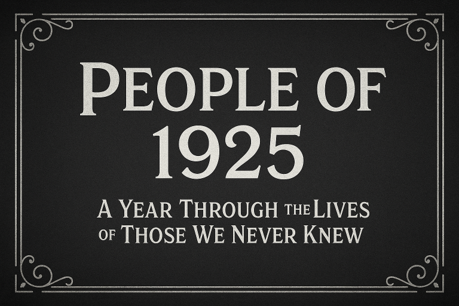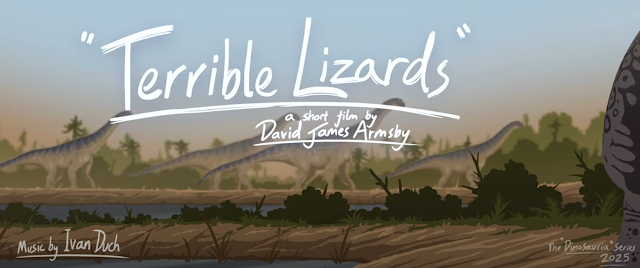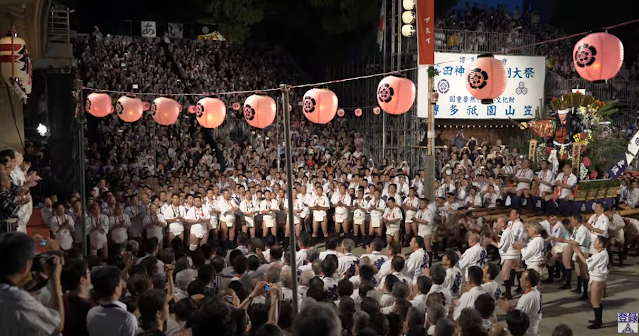A century ago, the world danced precariously between wars,
flappers twirled to new, modern dances, and telephones still had cords. But the people of
1925 laughed, worried, posed for photos, and waited for things to change - just like us.
In this snapshot of time, let’s take a look at the faces, fashions, and
fragments of ordinary lives from 1925 - and where possible, what happened to them afterwards.
Note
I used Flickr’s The Commons and Wikimedia Commons for this
project. The first obstacle I came
across was unexpected but on reflection it shouldn’t have been – human nature!
Many photos from this era are not marked with exact dates or even years and so
unless they were associated with a specific event, then the curators had to be
vague (between 1920 and 1925 and so on). Fair enough. Before I started using a phone and the date stamp that goes with digital
photography, I didn't take the time to scrawl dates on the back of my snapshots – leaving
me to guess about the exact year from my own history, let alone that of
complete strangers. So, if I had not recorded dates myself, how could I expect
others to do so? Yet because I wanted to
try and feature people as ordinary and everyday as possible, much more than
politicians and actors, this precluded so many great photographs that I soon
lost count.
The second issue is the Eurocentricity of most photographs included. This was not a choice but due to the available sources. Most accessible historical photographic archives come from Europe and North America, where photography was adopted earlier and preservation institutions were established, resulting in better-documented collections.
When I have included people who were well known or even
celebrated in 1925, it is in more informal settings wherever possible. A few photographs
that have been recorded as circa 1925 have been included, simply because
they were irresistible, so please forgive me for that. There were other issues
that I came across as I went along, too (more of those later). However, the
decision to select photographs with verifiable dates was a good one.
Photography in 1925 was affordable enough for many ordinary
families to participate but still a small luxury, especially when compared to
how easy and cheap digital photos are today. Each shot counted, and people
often took photos to capture special moments rather than daily life. So, many of these photos will seem arranged,
organized and posed for a good reason: they were!
I hope you enjoy this gallery of the people of 1925.
Source
Let’s start with something quite silly. The National
Archives of the Netherlands has this great picture of a group of young swimmers
with bike tyres tied around their bodies as a swimming aid. Taken in Germany,
1925. It must have seemed like a clever
idea at the time, but from the look of the smirks on some of the faces we can
see here, I doubt whether this idea was ever taken seriously. These young people all look as fit as the
veritable butcher’s dog and it’s highly unlikely that they would have needed
any support to help them swim!













































